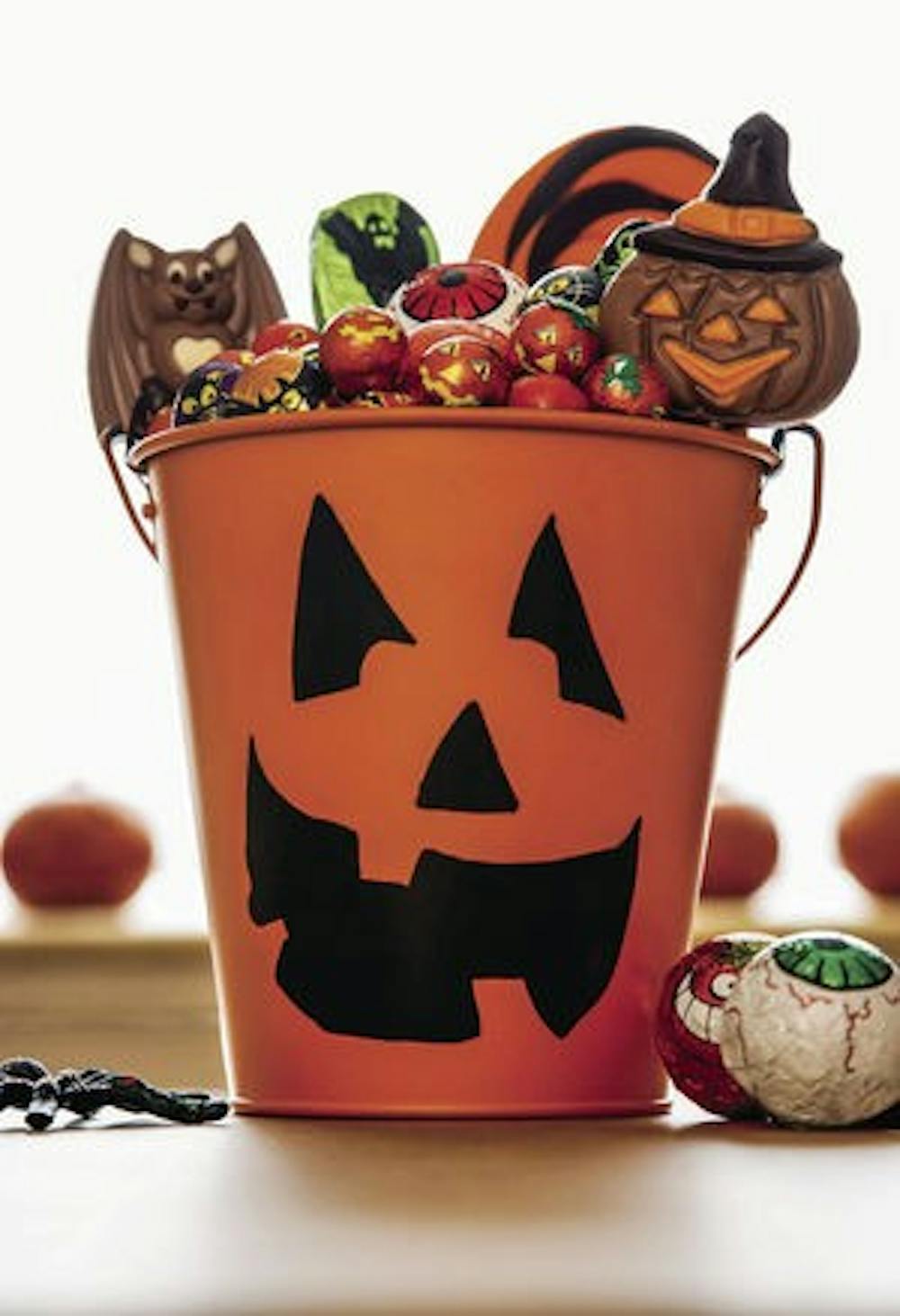Most people know Halloween as the one holiday a year where they can dress up as scary characters or characters from their favorite shows and go door to door trick or treating. But where did this tradition come from?
Halloween originated from the ancient Celtic Harvest Festival, called Samhin, which occurred every year on Oct. 31. This festival celebrated the end of the harvest season, or summer, and prepared ancient Celts for the upcoming winter, said Celtic history professor Fred Suppe.
“The Celtic” is a label for countries located in the British Isles, which included but is not limited to Wales, Ireland and Scotland. These countries are located north of Indiana, meaning their winter days see even less light than we do.
Celts considered light to be lucky and darkness to be unlucky. The darkness was full of spirits, many of them evil, according to their beliefs so part of the Harvest Festival consisted of traditional activities that are still practiced today as a way to ward off the evil spirits, Suppe said.
Some of these activities include carving jack-o-lanterns, giving offerings to spirits, having big bonfires, bobbing for apples and guising.
Guising is the act of dressing up as a spirit and running around people’s houses clockwise to bring the house owners good luck.
They did this as a way to relax after tending crops and cattle all summer.
“They’ve been worked hard, and now it’s their time to let off steam and celebrate a little bit,” Suppe said.
Traditionally the Celts would leave out offerings on their porches to keep the spirits away, so the guisers also mimicked the spirits to collect treats from other Celts.
When Rome began to conquer the Celtic areas of Europe, they implemented Catholicism. To make the conquered Celts more accepting of the new religion, the Romans allowed the Celts to keep their practices, including those of Samhin.
Catholics praised Saints and decided to dedicate a day to them — Nov. 1 — after conquering some of the Celtic regions. This became known as All Saints Day, and Oct. 31 later became known as All Hallows Eve. The Celt and Catholic cultures began to fuse together and All Hallows Eve eventually became Halloween.
When people of Celtic origin began immigrating to the United States in the 1800s, they brought their traditions with them. Halloween became a pop culture phenomenon, one that still lasts to this day, Suppe said.
In the 1950s, with the rise of feature length films and other TV shows, Americans moved away from dressing as terrifying spirits and started dressing as pop culture icons and characters on TV.
This is how we got to where we are today –– the trend has been that the most popular costumes for Halloween are the ones that originate as characters from that year’s highest grossing movies. Last year, there were a lot of Harley Quinn costumes due to the success of DC’s Suicide Squad. In 2013 there were Elsas everywhere.
“It’s dependent on what’s big — you know, what movies or TV shows or video games — it’s big merchandizing American companies have gotten behind,” Suppe said.
In fact, Party City has listed Wonder Woman, one of the highest grossing films in 2017, as one of its most popular costume themes on its website.
Despite its popularity, sophomore Megan Koons will be dressing as something more ancient.
“It’s called a Juliet costume. It’s a headpiece with a veil in the back and it’s this renaissance-looking dress,” Koons said.
There is no Romeo, though. Koons choose this costume because she finds herself fascinated with costumes, music, movies and other items she calls “traditional.”
This will be the first time since elementary school Koons will dress up for Halloween.
“My high school would not let us dress up due to dress code. This year is very different –– no regulations saying that we can’t,” she said. “I’m back in the Halloween groove.”
Koons and her sister, freshman Ashton Koons Will be spending their Halloween evening in Studebaker East, where Halloween celebrations will be held in the multi purpose room.
Studebaker East isn’t the only place on campus celebrating Halloween. Students can take their costumes, whether traditional or pop culture based, to the Late Nite costume contest.
Contact Hannah Gunnell with comments at hrgunnell@bsu.edu.





